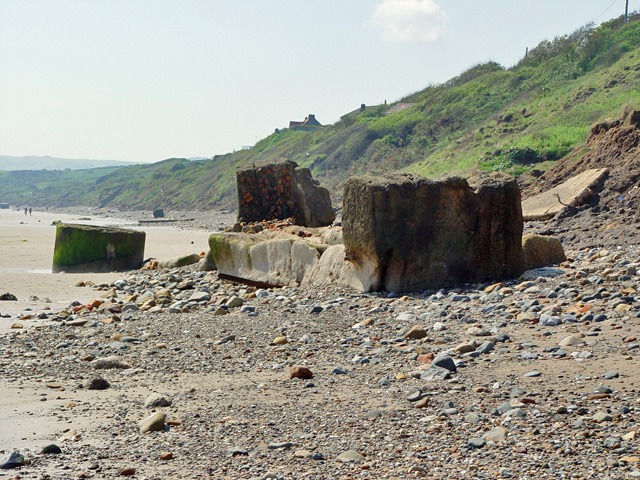

The debris supplied from mass movement usually forms talus at the cliff base, the landward margin of shore platforms. At the culmination mass movement occurs, which results in cliff recession and major morphological change. When waves erode the toe of a cliff, the overall cliff angle and stress increase to augment cliff instability. The water level greatly controls the elevation of wave attack. The multiple factors that control the recession of soft rock cliffs and the relationships between the factors are diagrammed in Fig. Such rapid cliff recession has attracted considerable attention not only from coastal geomorphologists, geologists and geographers but also from civil engineers, planners and environmental scientists working on rocky coasts.

The recession rate of soft rock cliffs is on the order of 10 −2 to 10 0 m/y, 3) one or two orders of magnitude greater than that of cliffs at Type-B platforms. Shore platforms of this type will be hereafter referred to as ‘shore platforms’ or simply as ‘platforms’, unless otherwise stated.

The recession of cliffs composed of soft rocks (uniaxial compressive strength: ≲5 MPa) accompanies the development of Type-A platforms. 2) The cliff recession is essential for the rocky coast evolution. 2)Ĭutting back of a sea cliff by wave action is responsible for the growth of the two types of shore platforms, whereas no appreciable recession occur on plunging cliffs. Three major morphologies on rocky coasts: (a) Type-A shore platform (sloping type), (b) Type-B shore platform (horizontal or sub-horizontal type) and (c) plunging cliff.


 0 kommentar(er)
0 kommentar(er)
